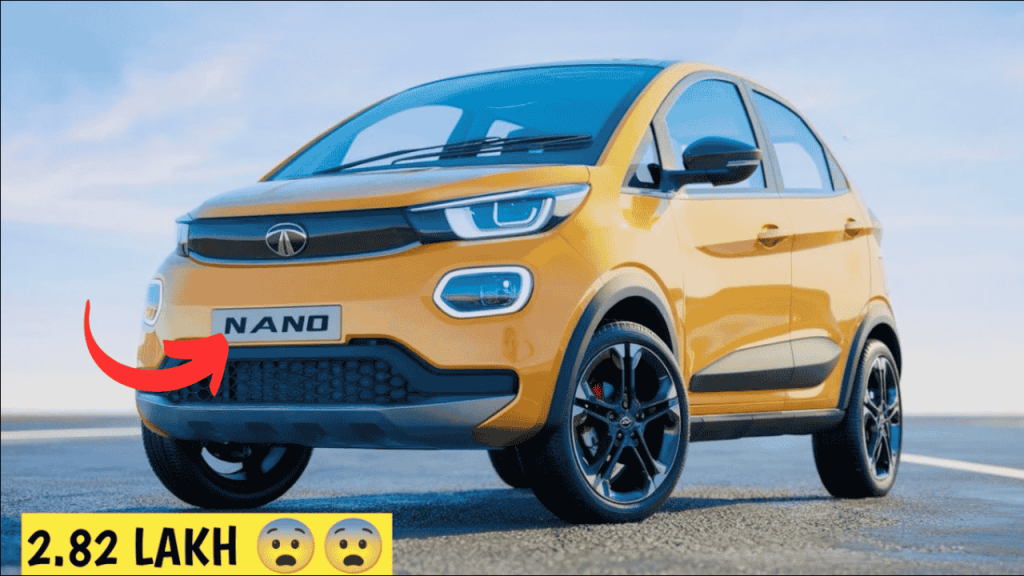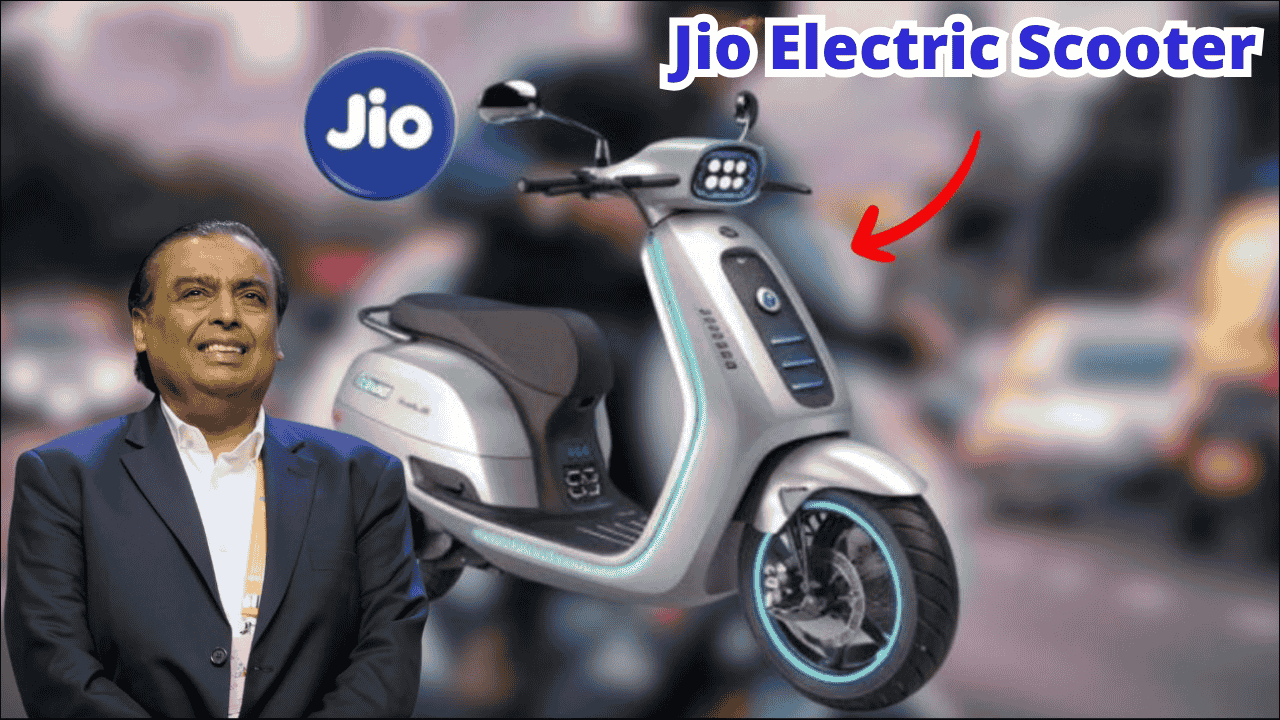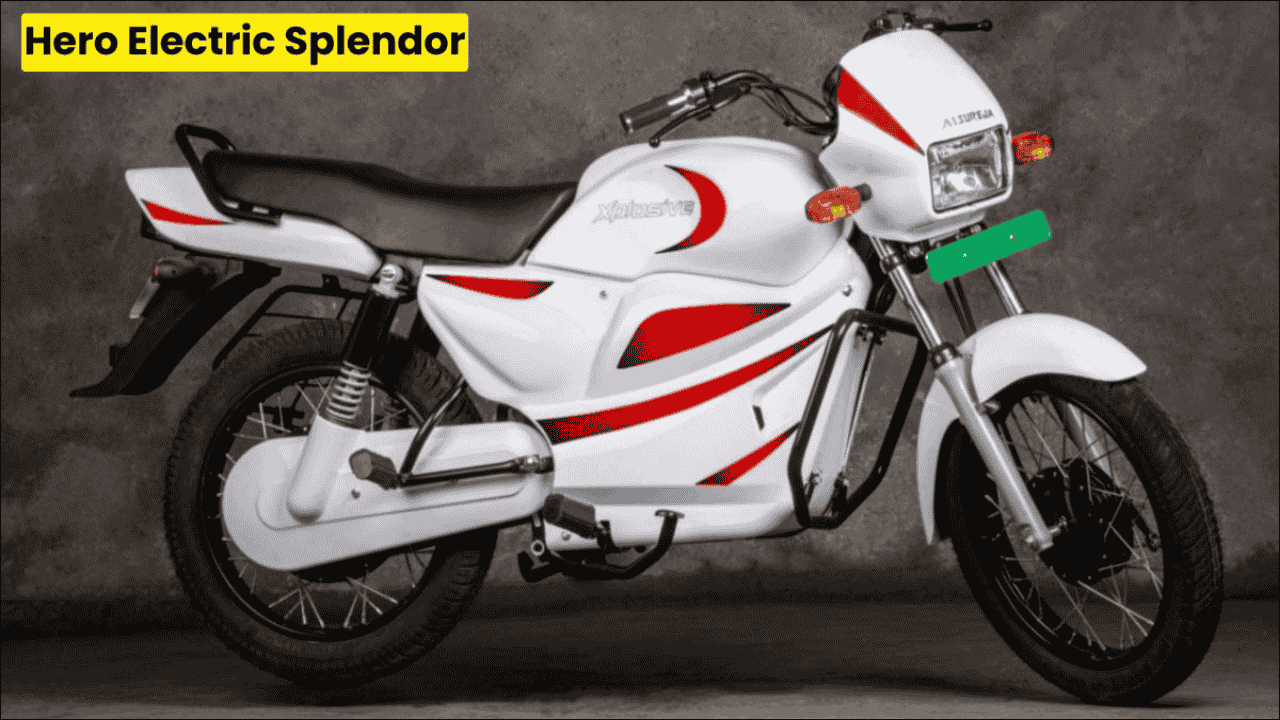
The automotive world is abuzz with excitement as rumors circulate about the potential comeback of one of India’s most iconic vehicles – the Tata Nano. Originally launched in 2009 as the world’s most affordable car at just ₹1 lakh, the Nano captured global attention before being discontinued in 2018. Now, with growing interest in affordable electric vehicles and urban mobility solutions, industry experts speculate about a modern reimagining of this revolutionary concept that could once again transform personal transportation in India.
Table of Contents
The Original Dream: A Car for Every Indian Family
When Ratan Tata first envisioned the Nano, his goal was simple yet ambitious – to provide safe, affordable four-wheeler transportation to millions of Indian families who relied on two-wheelers. The original Nano represented more than just automotive engineering; it embodied the dreams of upward mobility for India’s emerging middle class. Despite its eventual market challenges, the Nano’s impact on automotive history remains significant, inspiring manufacturers worldwide to rethink affordability in car design.
The original philosophy behind the Nano – providing maximum value at minimum cost – remains relevant today as India continues to seek sustainable, affordable transportation solutions for its growing urban population.
Speculated Return: Electric Avatar and Modern Design
Recent industry speculation and prototype sightings suggest that any new Tata Nano would likely emerge as an electric vehicle, aligning with India’s push toward sustainable mobility. Reports indicate that Pune-based company Electra EV has already developed an electric conversion of the original Nano, with one unit reportedly owned by Ratan Tata himself. This development has fueled expectations about an official electric Nano from Tata Motors.
The rumored new Nano would retain the compact dimensions that made the original famous while incorporating modern electric powertrain technology, contemporary safety features, and updated aesthetics that appeal to today’s buyers.
Expected Design and Features: Compact Yet Contemporary
If launched, the new Tata Nano would likely maintain its signature compact footprint while receiving significant design updates to meet contemporary standards. The vehicle would feature modern LED lighting, updated body panels, and improved aerodynamics optimized for electric efficiency.
Interior improvements would include a touchscreen infotainment system with smartphone connectivity, digital instrument cluster, improved air conditioning, and enhanced cabin materials. The focus would remain on maximizing interior space within the compact exterior dimensions, ensuring comfortable seating for four adults while maintaining the easy maneuverability that made the original Nano popular in urban environments.
Electric Powertrain and Performance Specifications
Based on industry speculation and prototype reports, a new electric Nano would likely feature:
Electric Motor: Compact electric motor producing approximately 30-35 horsepower Battery: Lithium-ion battery pack with 20-25 kWh capacity Range: Estimated 150-200 kilometers on a single charge Charging: Standard AC charging with fast-charging capability Top Speed: Limited to approximately 100-110 km/h for city-focused use Acceleration: 0-60 km/h in approximately 10-12 seconds
These specifications would position the electric Nano as an ideal city commuter vehicle, perfect for daily urban transportation needs while maintaining the efficiency that made the original famous.
Comprehensive Overview: Speculated New Tata Nano EV
| Aspect | Specification | Details |
|---|---|---|
| Price Range | ₹4-6 lakh (estimated) | Competitive with premium two-wheelers |
| Body Type | Compact hatchback | 4-door, 4-seater configuration |
| Power Source | Electric motor | 30-35 HP, 72V architecture |
| Battery | Lithium-ion | 20-25 kWh capacity |
| Range | 150-200 km | ARAI certified range |
| Charging Time | 6-8 hours (AC) | 1-2 hours (fast charging) |
| Top Speed | 100-110 km/h | City-optimized performance |
| Dimensions | Compact footprint | Similar to original Nano |
| Seating | 4 adults | Optimized space utilization |
| Features | Modern amenities | Touchscreen, connectivity, AC |
| Safety | Updated standards | Airbags, ABS, modern structure |
| Launch Timeline | 2025-2026 (speculated) | Subject to official confirmation |
Affordability Factor: Competing with Two-Wheeler Prices
One of the most compelling aspects of a potential new Nano would be its pricing strategy. With estimated costs between ₹4-6 lakh, the vehicle would compete directly with premium motorcycles like the Hero Splendor or Honda Activa, while offering the safety, comfort, and weather protection of a four-wheeler.
This pricing would make it accessible to first-time car buyers, urban professionals seeking efficient transportation, and families looking to upgrade from two-wheelers without a significant financial burden. Government incentives for electric vehicles could further reduce the effective purchase price, making it even more attractive to cost-conscious buyers.
Market Positioning and Target Audience
A new electric Nano would target several key demographic segments:
Urban Commuters: Professionals seeking efficient, cost-effective daily transportation First-time Car Buyers: Families transitioning from two-wheelers to four-wheelers Second Car Market: Urban families needing an additional efficient vehicle for city use Eco-conscious Buyers: Consumers prioritizing sustainable transportation options Senior Citizens: Older drivers seeking safe, easy-to-drive urban transportation
The vehicle’s compact size, electric efficiency, and affordable pricing would make it particularly attractive in congested urban environments where parking space is limited and fuel costs are a significant concern.
Environmental Impact and Sustainability
An electric Nano would contribute significantly to reducing urban air pollution and carbon emissions. With zero tailpipe emissions and the potential for renewable energy charging, it would align with India’s environmental goals while providing practical transportation solutions.
The vehicle’s compact size would also reduce material consumption during manufacturing and require less road space, contributing to more sustainable urban mobility patterns.
Challenges and Market Realities
Despite the excitement surrounding a potential Nano revival, several challenges remain:
Image Perception: Overcoming the “cheap car” stigma that affected the original Infrastructure: Ensuring adequate charging infrastructure for electric vehicle adoption Competition: Facing increased competition from other affordable electric vehicles Technology: Balancing advanced features with cost constraints Market Acceptance: Convincing buyers of the value proposition in a changing market
Success would depend on Tata Motors’ ability to position the vehicle as a smart, sustainable choice rather than merely an inexpensive option.
Future Mobility Vision
The potential return of the Nano represents more than just another car launch – it embodies India’s vision for inclusive, sustainable mobility. As cities become more congested and environmental concerns grow, compact electric vehicles like a reimagined Nano could play a crucial role in urban transportation ecosystems.
The vehicle could integrate with ride-sharing platforms, serve as last-mile connectivity solutions, and provide affordable personal mobility for millions of Indians entering the automotive market for the first time.
Investment and Manufacturing Considerations
If Tata Motors decides to proceed with a new Nano, significant investments would be required in:
Electric Vehicle Technology: Battery technology, charging systems, and electric drivetrains Manufacturing Infrastructure: Updated production facilities optimized for EV assembly Supply Chain: Establishing reliable component sourcing for electric vehicle production Service Network: Training technicians and establishing service support for electric vehicles
These investments would position Tata Motors as a leader in affordable electric mobility while potentially generating significant returns through high-volume sales.
Conclusion: The Potential for Transformation
While the return of the Tata Nano remains speculative, the concept represents an exciting possibility for India’s automotive future. Combining the original’s affordability vision with modern electric technology could create a vehicle that truly democratizes sustainable transportation.
The success of such a venture would depend on careful execution, appropriate pricing, comprehensive feature inclusion, and effective marketing that positions the vehicle as a smart choice for modern Indian families. If realized, a new electric Nano could once again capture global attention while providing practical, affordable transportation solutions for millions of Indian consumers.
The automotive industry watches with interest as Tata Motors considers whether to revive one of its most iconic nameplates for the electric age, potentially creating another chapter in the remarkable story of the people’s car.
Frequently Asked Questions
Q: Is Tata Motors officially launching a new Nano in 2025? A: No official announcement has been made; current information is based on industry speculation and prototype developments.
Q: What would be the expected price of a new electric Nano? A: Industry estimates suggest ₹4-6 lakh, positioning it competitively with premium two-wheelers while offering four-wheeler benefits.
Q: Would a new Nano be electric-only or include petrol options? A: Speculation suggests any new Nano would be electric-only to align with India’s sustainable mobility goals and emission regulations.







